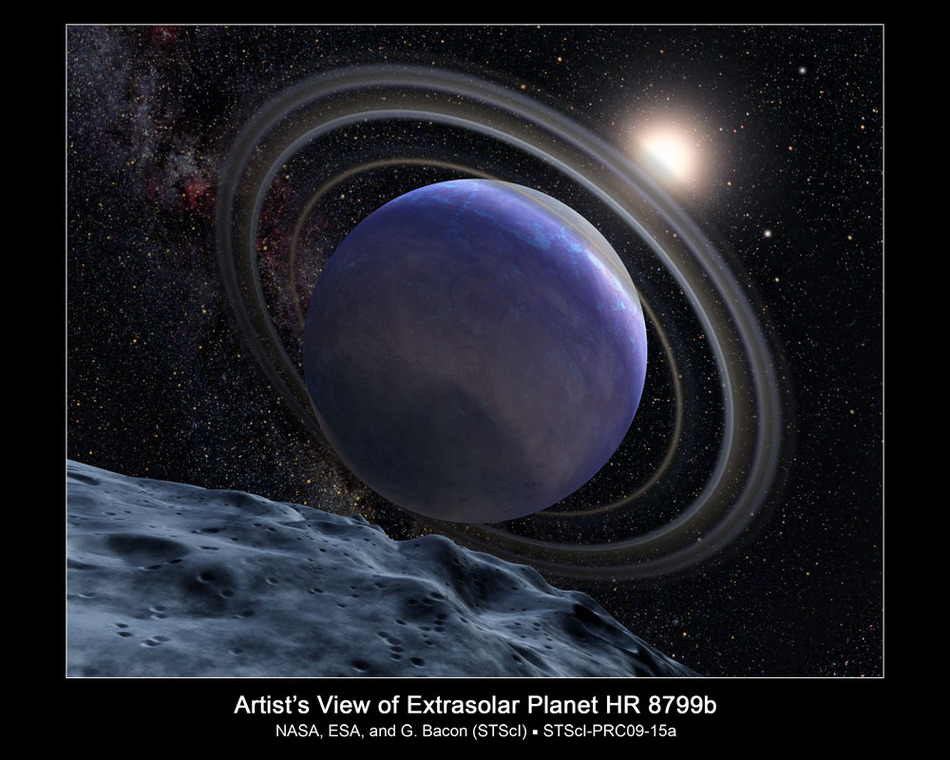Discovering new planets- Yvonne de Villiers
On Thursday the 26th of September, 23 Triple Science students piled onto two minibuses and travelled to Kesgrave high school to attend a talk on exoplanets by Mark Bothwell – an astronomer at Cambridge University. I would have been surprised if more than three of us knew what exoplanets even were before the talk.
So, what is an exoplanet?
For those that are a clueless as we were, an exoplanet is a planet outside of our own solar system. And as of 1 August 2019, there are 4,031 confirmed exoplanets. Most of them discovered by NASA’s Kepler probe.
How are Exoplanets discovered?
There are two methods astronomers use to identify exoplanets:
The Doppler (wobble) method: Both stars and planets have their own gravitational pull, meaning that whilst the star pulls the planet round, the planet does the same thing to the star. By monitoring stars, scientists can see if it ‘wobbles’ slightly in its orbit. And if it does, it gives evidence of a planet orbiting it. The larger the ‘wobble’, the larger the orbiting planet.
The Transit (shadow) method: Much like an eclipse, when a planet passes over the face of the star, it blocks out certain percentage of the star’s light reaching us. By monitoring the amount of light emitted by a star over a long period of time, astronomers see if the percentage of light reaching us drops. If it does, there is evidence of a planet orbiting round that particular star.
By then combining the two methods, astronomers can identify the size and density of orbiting planets and even identity whether or not the planet has a chance or sustaining life, calculating whether or not the planet is whiting The Goldilocks Zone. As of yet, the Kepler space probe has identified 28 possible habitable planets.
What interesting things have been discovered?
One of NASAs most exciting discoveries was a planet with a ring system 200 times the size of that around Saturn, a planet called J1407. The ring system is so large that if J1407 was as far away from Earth as Saturn is, it would be clearly visible in our sky during the day.
Astronomers have also discovered solar systems where planets orbit round a dual star system, like the one found in Star Wars.
By Yvonne de Villiers and Ben Hearn















Post Comment
You must be logged in to post a comment.